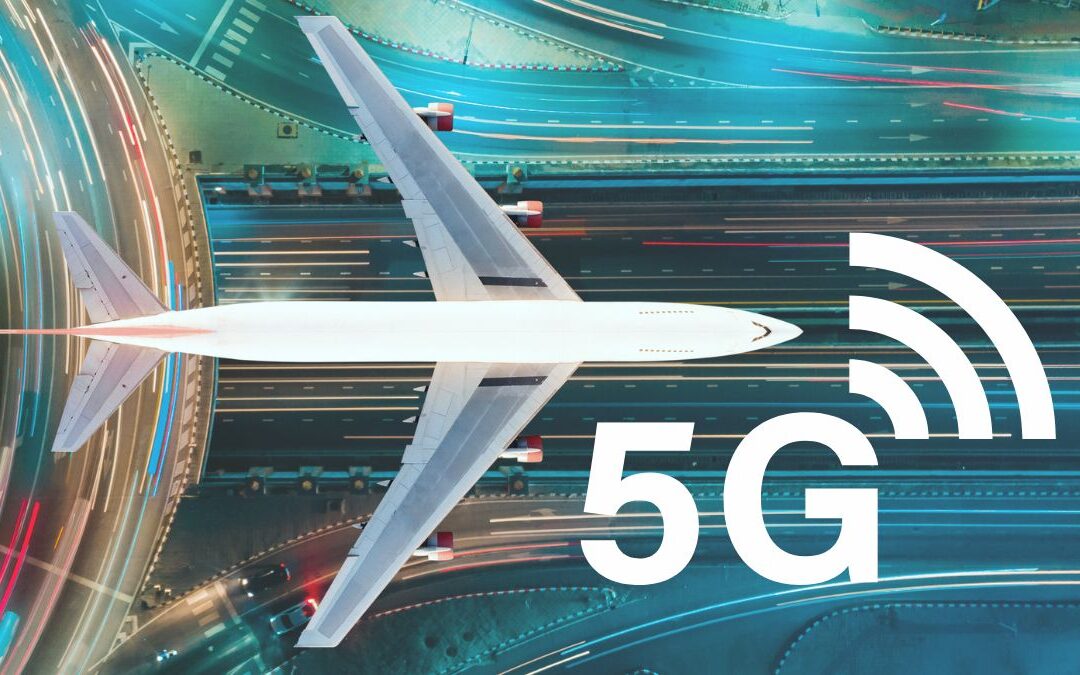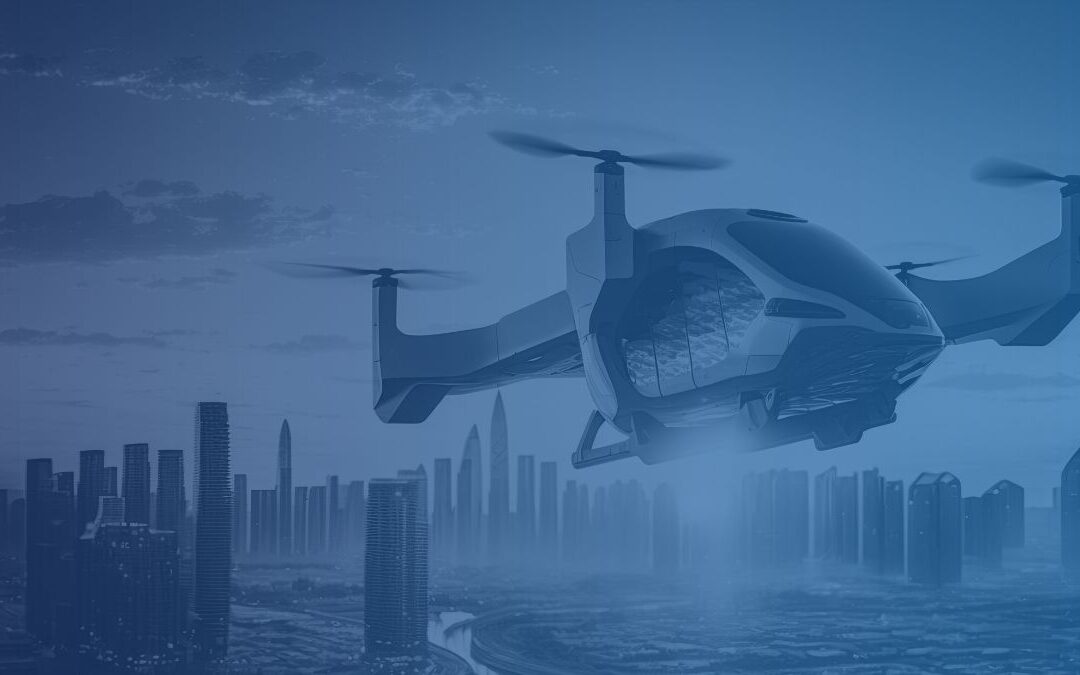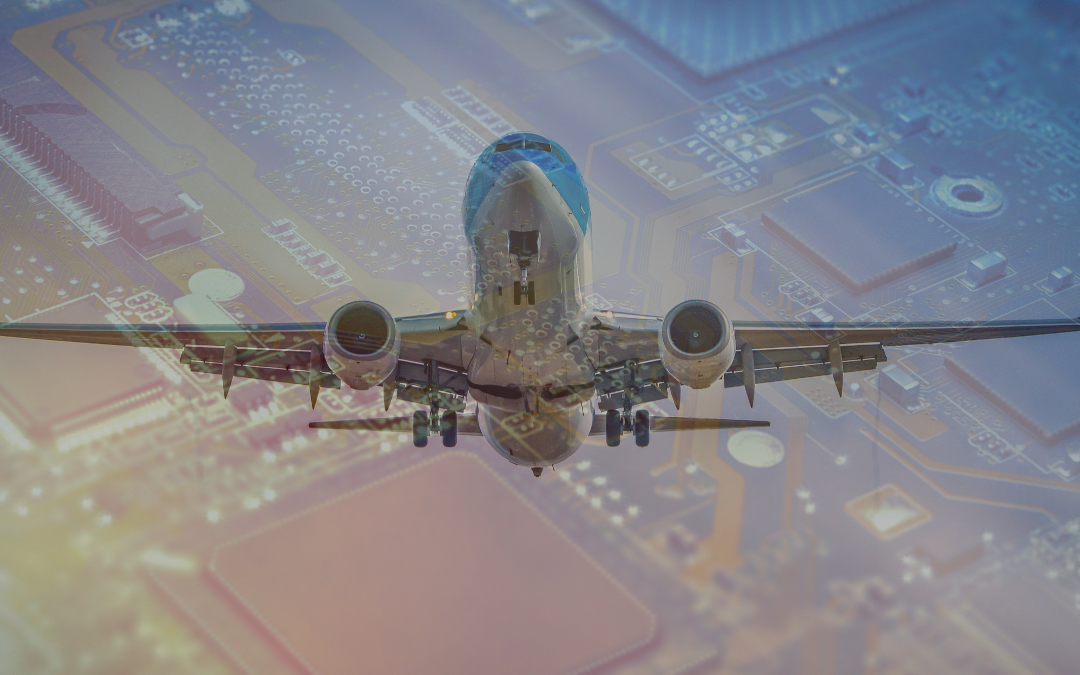The product development landscape changes rapidly as tools, techniques, and priorities change. Here at the beginning of 2023, these are the four biggest product development trends that we expect to see this year.
1. More AI Enablement
Artificial intelligence (AI) rapidly became more visible with the emergence of ChatGPT in late 2022. However, many organizations and industries have been using AI for years for various purposes.
One of the main advantages of AI is its ability to analyze and distill large volumes of data and provide useful intelligence as an output. For example, GPT-3 — the system behind ChatGPT — was trained on about 45 TB of text data to produce a model with 175 parameters. This allows it to provide intelligent responses on a variety of topics.
AI-enabled systems have many potential applications for product development. AI can be used to aid in planning new features based on competitive intelligence collected from public sources and automated analysis of user comments, complaints, and suggestions. ChatGPT and similar tools have also demonstrated that AI can help with generating code and testing it.
In safety-critical sectors likes aviation, AI provides real-time insights to optimize operations including fuel consumption, flight routes, and much more. At the passenger level, AI can help improve the customer experience by streamlining queues and in-flight entertainment. Data gathered by AI helps developers to build more effective solutions. These applications only scratch the surface of the potential applications of AI so it is no surprise this is the number one product development trend for 2023.
2. Focus on Sustainability
In 2023, sustainability is likely to be an area of focus in many organizations’ product development plans. Sustainability is a growing concern for consumers, and companies may need to be able to demonstrate sustainable business practices to remain competitive in the marketplace.
Sustainability also offers significant benefits to the business in terms of more efficient utilization of resources. By focusing on waste management, an organization can cut costs and may identify additional business opportunities and markets for what was previously considered waste products.
One of the biggest challenges that companies face when implementing sustainable business practices is logistical complexity. However, the emergence of technologies such as AI and blockchain can provide the visibility and data analytics capabilities needed to streamline an organization’s operations. Sustainability is a critical initiative amongst the aircraft Original Equipment Manufacturers (OEMs) like Boeing and Airbus. OEMs and supporting organizations are actively working to develop sustainable aircrafts. One way AI helps is through analyzing an aircraft’s performance and providing insights for more efficient flights, take-offs, and landings which leads to less wasted fuel.
3. Growing IoT Adoption
Internet of Things (IoT) devices can have many benefits for an organization making it one of the top product development trends in the upcoming year. The ability to centrally monitor and manage remote sites can improve security and reduce overhead. Additionally, IoT devices offer edge-based data collection and analysis to enable rapid responses to collected data.
One of the main limitations of IoT devices is that they often require network connectivity, which is not always available in the locations where they would be the most useful. However, the growth of 5G networks make mobile networks a viable option for IoT network access.
As 5G networks grow and mature, IoT devices will become more ubiquitous. In the aerospace industry specifically, increased IoT adoption will provide a reliable network of data collection endpoints that will enhance security oversight and facilitate service models that address customer travel experience (ie: baggage and flight booking processes) In 2023, IoT development will grow, and this software will increasingly integrate with these systems via APIs.
4. Doubling Down on Cybersecurity
Cybersecurity is a growing concern for many organizations. As cybercrime becomes more professionalized and attacks grow more common, the probability that a company will suffer a business-disrupting attack grows significantly.
In 2023, companies’ focus on cybersecurity will be inspired by both internal and external drivers. Internally, avoiding a devastating breach or other security incident is essential for a company’s viability and profitability. Externally, new data protection regulations are being developed on a regular basis, and existing laws are being updated to stay abreast of the latest threats.
This focus on cybersecurity will be a major shaper of product development in 2023. Solutions must not only be designed to do their jobs but also must be implemented in accordance with security best practices and comply with applicable laws and regulations. For industries like aerospace, space, or even defense, cybersecurity measures are continuously heightened due to the safety-critical nature of its operations.
Staying Ahead of 2023 Product Development Trends
Performance Studio offers trusted, full-service product development support. To learn more about how your organization can keep abreast of 2023’s major project design trends, check out our product development capabilities.




